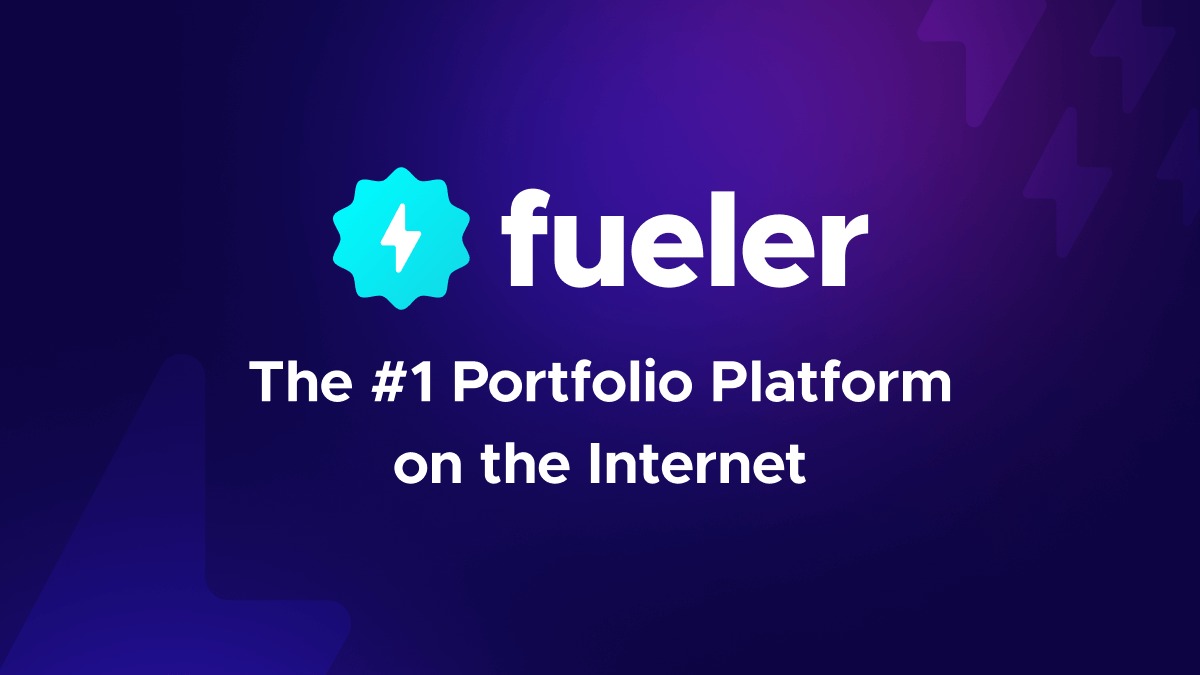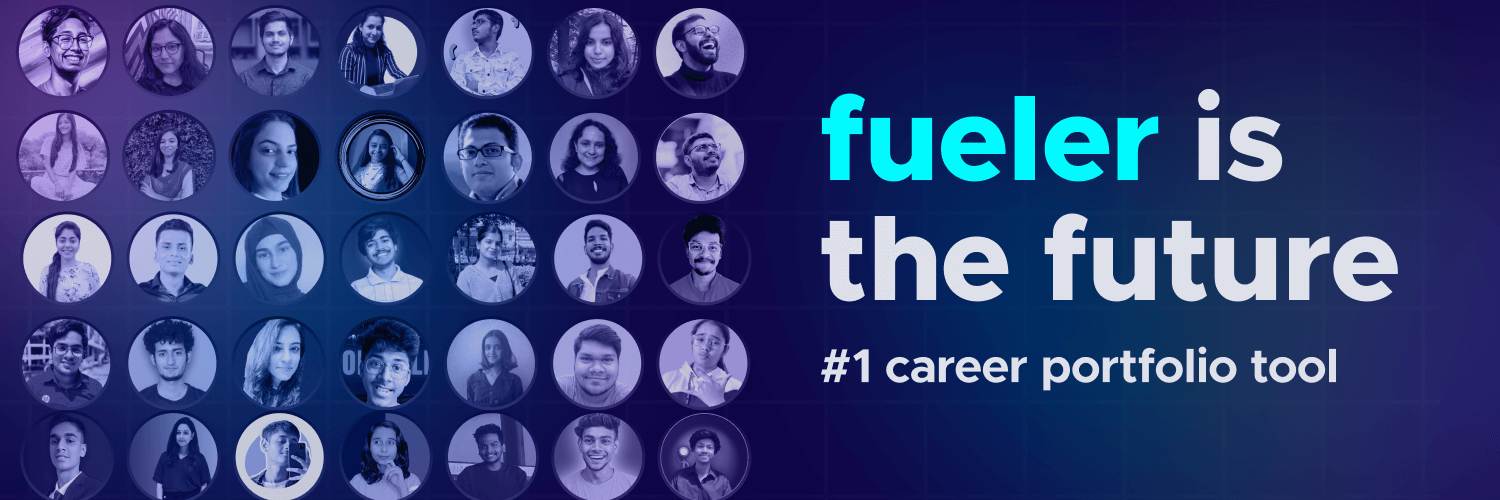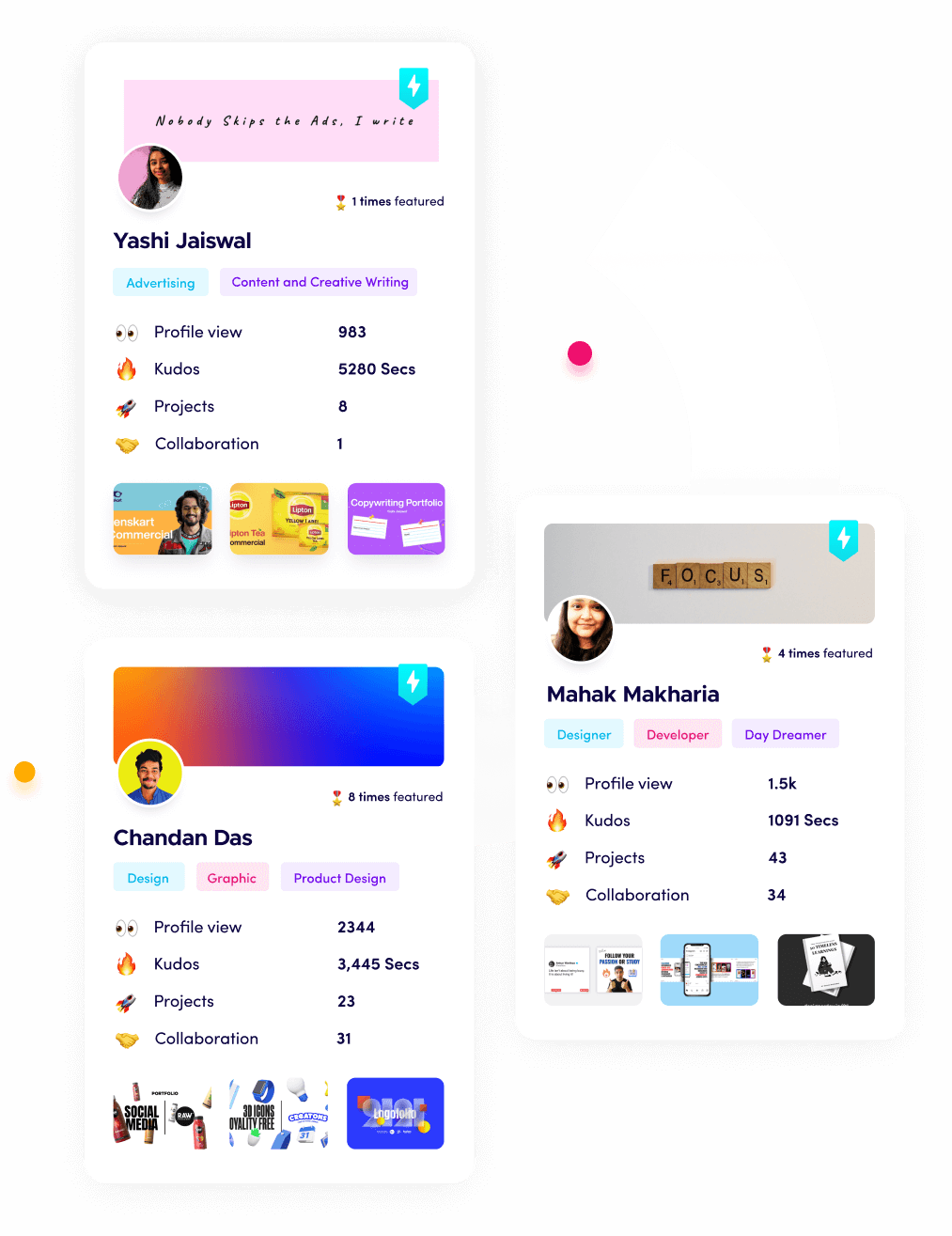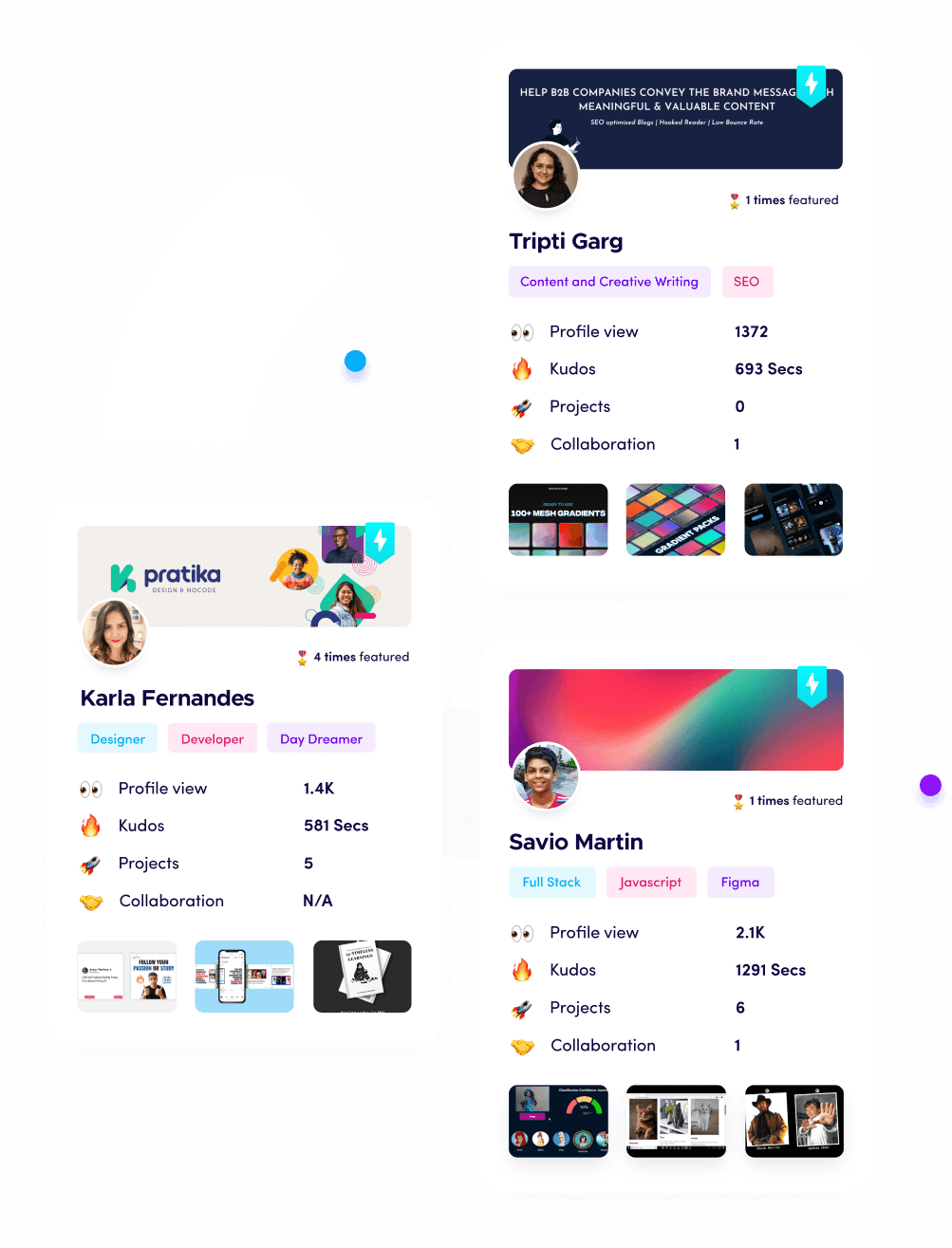10 Cold Outreach Frameworks for Beginner Freelancers

Riten Debnath
25 Jun, 2025

Are you sending dozens of cold emails and still getting no replies? In 2025, beginner freelancers can win projects—even without a big network or website—by using the right cold outreach frameworks. The difference between getting ignored and getting hired is all about structure, personalization, and real value. These frameworks are designed to help you stand out, get replies, and start building your freelance business from scratch.
I’m Riten, founder of Fueler—a platform that helps freelancers and professionals get hired through their work samples. In this article, I’ll break down 10 detailed cold outreach frameworks that work for beginners. Your outreach is your first impression, so make it count! Remember, your portfolio isn’t just a collection of projects—it’s your proof of skill, your credibility, and your shortcut to trust. Let’s get you noticed, trusted, and hired.
1. Compliment + Curiosity Framework
Start your message with a genuine compliment about something recent the client has done, such as a campaign, product launch, or insightful post. Reference this achievement to show you’ve done your research and value their work. Follow up with a thoughtful question related to their expertise or project to open a real conversation. Keeping your tone friendly and specific helps avoid sounding like a template. End with a simple call to action, like asking for their advice or thoughts.
- Compliment their recent achievement or project.
- Reference something unique to show you’ve researched them.
- Ask a thoughtful question to encourage a reply.
- Keep the tone friendly and conversational.
- End with a simple call to action.
Why it matters:
This approach builds rapport and trust from the start. Clients are more likely to respond when they feel recognized and respected, making your outreach stand out from generic pitches.
2. Value-First Audit Framework
Begin by identifying a small area for improvement in the client’s business, such as their website UX, content strategy, or social media engagement. Offer a practical tip or actionable suggestion they can use immediately, showing you can provide value before asking for anything. Attach a relevant work sample or link to your Fueler portfolio to prove your expertise. Make your message helpful, not salesy, and focus on delivering value upfront. Invite them to discuss further if they find your suggestion useful.
- Point out a specific area for improvement.
- Offer a practical, actionable tip or suggestion.
- Attach a relevant work sample or Fueler portfolio link.
- Focus on being helpful, not salesy.
- Invite them to discuss your suggestion further.
Why it matters:
Leading with value positions you as a problem-solver, not just another freelancer. Clients appreciate actionable insights and are more likely to trust and engage with someone who helps first.
3. Challenge-Based Approach
Focus on identifying a real challenge or pain point the client might be facing, such as low engagement or slow website performance. Briefly share how you’ve helped others overcome similar issues, using relatable examples. Suggest a short call with sales phone agents to brainstorm solutions tailored to their needs. . Keep your tone empathetic and focused on their business goals, and end with a question or invitation to connect for a deeper discussion.
- Identify a relevant business challenge or pain point.
- Share a relatable success story or example.
- Suggest a quick call to brainstorm solutions.
- Use an empathetic, problem-solving tone.
- End with an invitation for deeper conversation.
Why it matters:
Addressing specific pain points shows you understand their business and care about their success. This relevance makes your outreach more compelling and increases your chances of a reply.
4. Social Proof & Results Framework
Share a brief story or testimonial about a result you achieved for a similar client or industry. Include a link to your Fueler portfolio or a case study as proof. Explain how your experience can benefit their business in a practical way. Keep your message concise, focusing on measurable results. Invite them to connect or discuss how you could help them achieve similar outcomes.
- Share a real client result or testimonial.
- Provide a Fueler portfolio or case study link.
- Connect your experience to their business goals.
- Focus on measurable outcomes and results.
- End with an invitation to connect or discuss further.
Why it matters:
Social proof builds instant credibility and reassures clients that you can deliver real results, making them more likely to trust and reply.
5. Short & Direct Pitch
Write a concise email that gets straight to the point in just a few sentences. Introduce yourself, state your main skill or offer, and explain how you can help the client. Ask for a quick call or reply to keep things simple. This approach respects the client’s time and is easy to read on any device. A clear call to action ensures your message isn’t ignored.
- Keep your introduction brief and relevant.
- Clearly state your main skill or offer.
- Explain the benefit to the client in one line.
- Ask for a quick call or reply.
- Use a clear and direct call to action.
Why it matters:
Busy decision-makers appreciate brevity. This framework is perfect for crowded inboxes and increases your chance of a quick response.
6. Mutual Connection Framework
Reference a mutual connection, shared group, or event to create instant familiarity and trust. Explain how you’re connected and why you think your skills could be a good fit for their needs. This warms up a cold email and leverages your network for credibility. End with an invitation for a referral, introduction, or conversation.
- Mention a shared connection, group, or event.
- Explain the relevance of your outreach.
- Leverage your network for instant credibility.
- Show how your skills fit their needs.
- Invite a referral, introduction, or conversation.
Why it matters:
People are more likely to respond to someone who comes recommended or shares their network. This approach increases your credibility from the start.
7. Collaboration Invitation
Suggest a specific collaboration, such as a guest post, co-hosted webinar, or joint social campaign. Clearly state the benefit for both parties and propose a next step. This framework is less about selling and more about building relationships. It shows initiative and a willingness to create value together.
- Propose a specific collaboration or partnership.
- Highlight the mutual benefits for both sides.
- Suggest a clear next step or action.
- Focus on relationship-building, not just selling.
- Show your willingness to create value together.
Why it matters:
Collaboration emails are less salesy and more about building real relationships. Clients appreciate freelancers who think beyond just selling their services.
8. Feedback Ask
Request feedback on your portfolio, a project, or a recent piece of work. This is a soft approach that starts a conversation and can lead to mentorship, referrals, or even future work. Show respect for their expertise and keep your message friendly and open-ended.
- Ask for feedback on your work or portfolio.
- Show respect for their expertise or opinion.
- Use a friendly, non-threatening approach.
- Keep the conversation open-ended.
- Express appreciation for their time and input.
Why it matters:
People enjoy giving advice and helping others. This approach can turn a prospect into a mentor, client, or referral source, especially when you show humility and eagerness to learn.
9. Resource Share
Send a relevant article, tool, or event that could help the client. Offer to discuss how it might benefit their business, or simply let them know you thought of them. This approach provides value without selling and positions you as a helpful resource.
- Share a useful article, tool, or event.
- Explain why it’s relevant to their business.
- Offer to discuss its potential benefits.
- Position yourself as a helpful resource.
- Avoid direct selling and focus on value.
Why it matters:
Sharing useful resources builds goodwill and positions you as someone who cares about their success, not just your own sales.
10. Persistent Follow-Up
If you don’t get a reply, send a polite follow-up referencing your previous message. Add a new tip, resource, or insight to show you’re invested and not just spamming. Consistent, value-driven follow-ups show you’re reliable and truly interested in helping.
- Reference your previous message politely.
- Add a new tip, resource, or insight.
- Show persistence without being pushy.
- Keep your follow-up short and respectful.
- End with a renewed invitation to connect.
Why it matters:
Most deals happen after a follow-up. Consistent, value-driven follow-ups show you’re reliable and truly interested in helping, not just closing a sale.
Final Thoughts
Cold outreach remains one of the most powerful tools for beginner freelancers in 2025. By using the right frameworks, focusing on personalization, and always leading with value, you can break through crowded inboxes and connect with clients who truly need your skills. Remember, every message you send is a chance to build trust, show your expertise, and create real opportunities—so don’t be afraid to reach out. Pair your emails with a strong Fueler portfolio to give prospects instant proof of your abilities. With persistence, learning, and the right approach, you’ll turn cold leads into lasting freelance relationships.
FAQs
1. What is the best cold outreach framework for new freelancers?
The Value-First Audit and Compliment + Curiosity frameworks are highly effective because they show genuine interest and provide immediate value, making clients more likely to respond.
2. How can I make my cold outreach emails stand out?
Personalize every message, reference something specific about the client, and include a link to your Fueler portfolio or a relevant work sample to build credibility instantly.
3. How many follow-ups should I send if I don’t get a reply?
It’s best to send one or two polite follow-ups, each time adding new value or insight, to show persistence without being pushy.
4. What mistakes should I avoid in cold outreach?
Avoid generic templates, long-winded emails, and hard selling. Always focus on the client’s needs and keep your message clear and concise.
5. Do I need a website to succeed with cold outreach?
No, you can use a platform like Fueler to showcase your portfolio and share work samples. Clients care more about your skills and results than a personal website.
What is Fueler Portfolio?
Fueler is a career portfolio platform that helps companies find the best talents for their organization based on their proof of work.
You can create your portfolio on Fueler, thousands of freelancers around the world use Fueler to create their professional-looking portfolios and become financially independent. Discover inspiration for your portfolio
Sign up for free on Fueler or get in touch to learn more.


